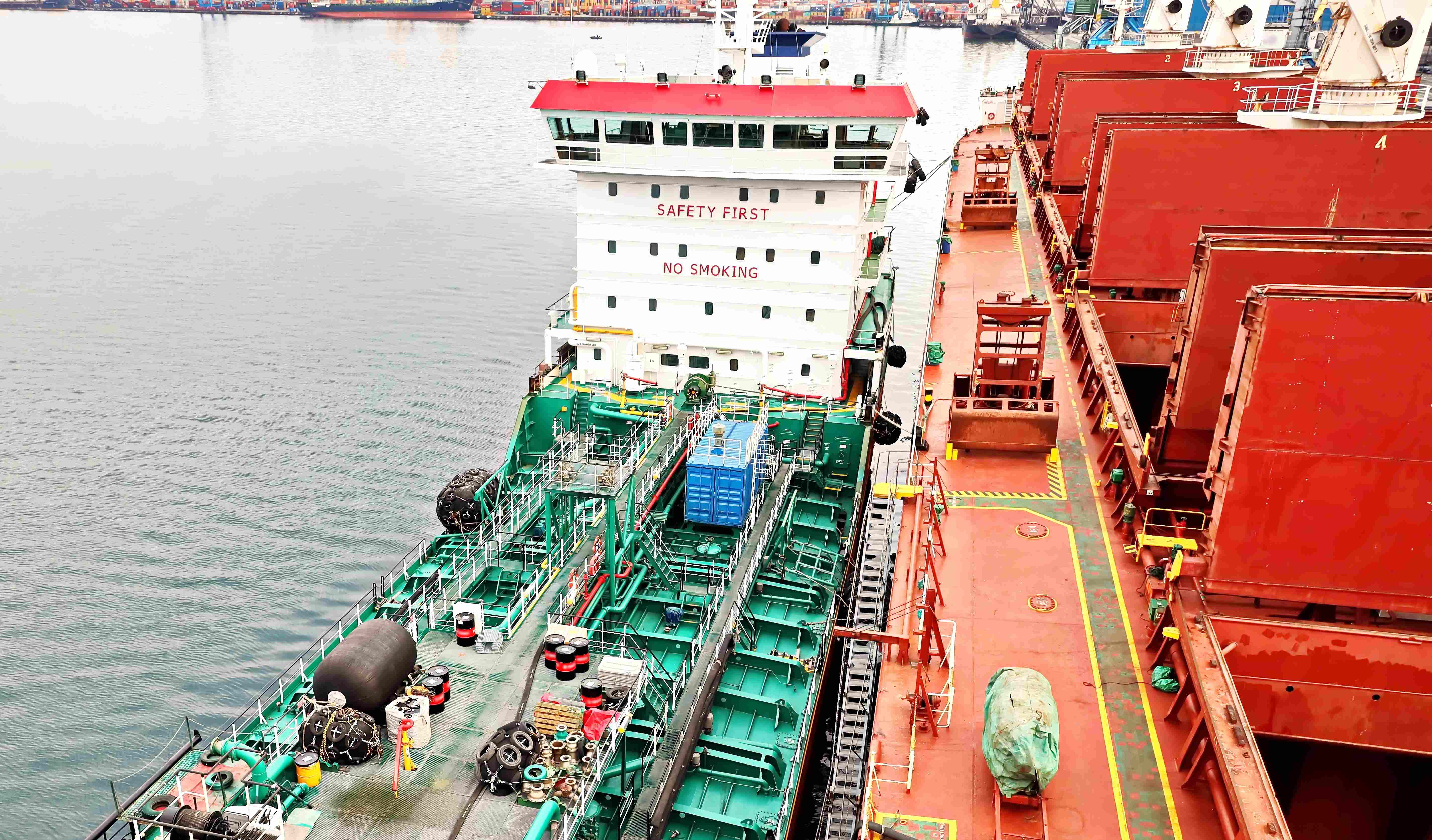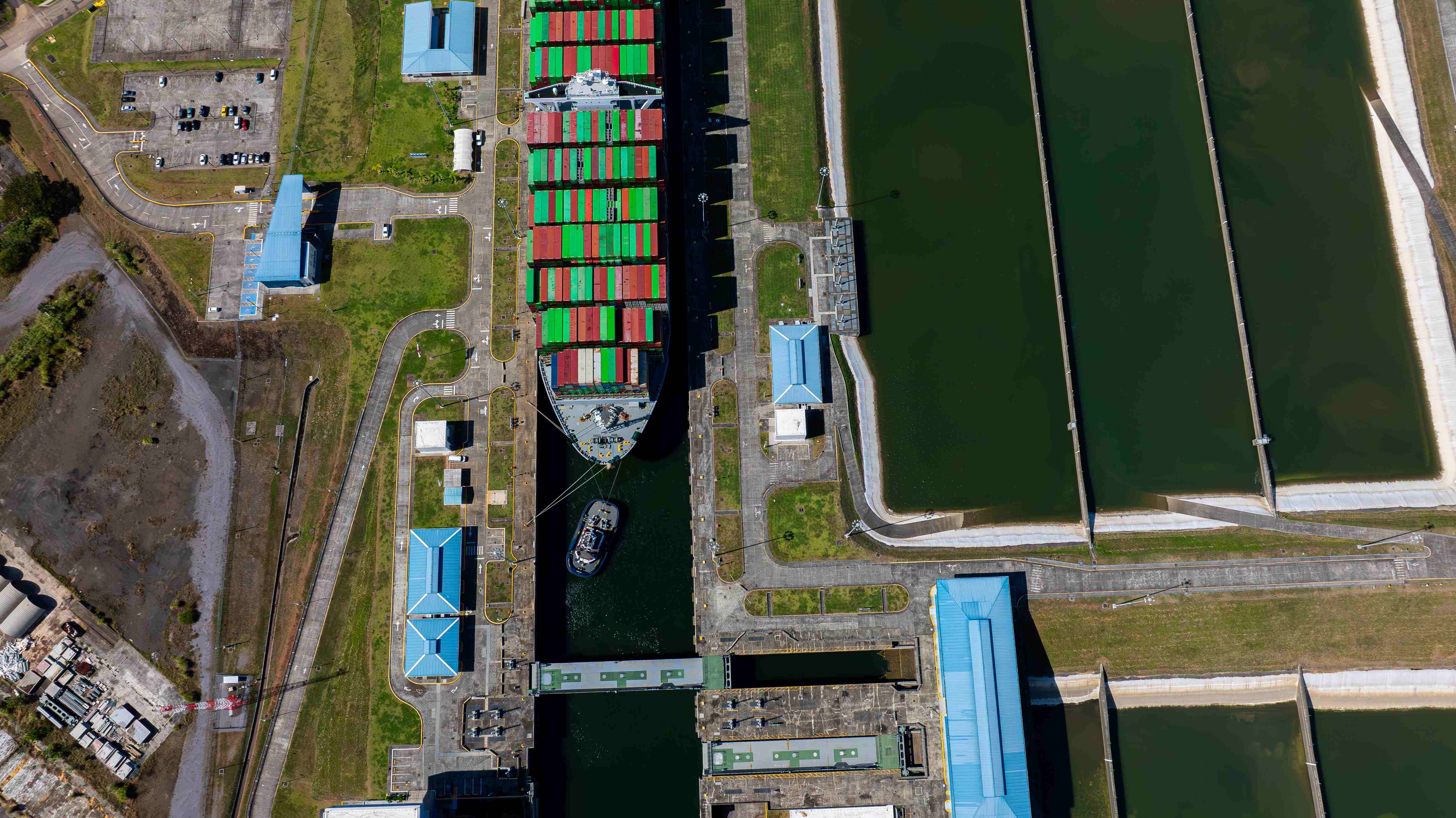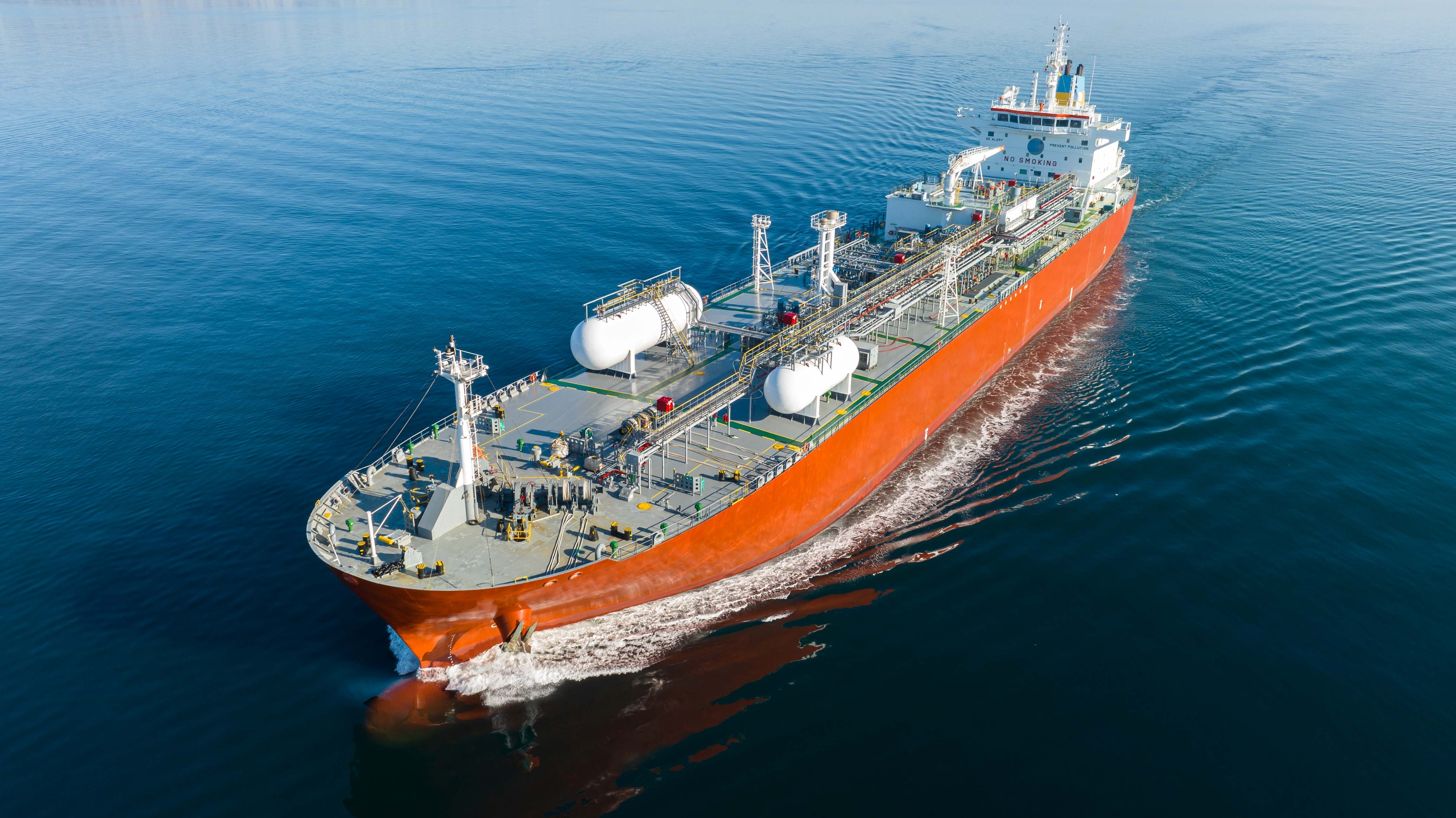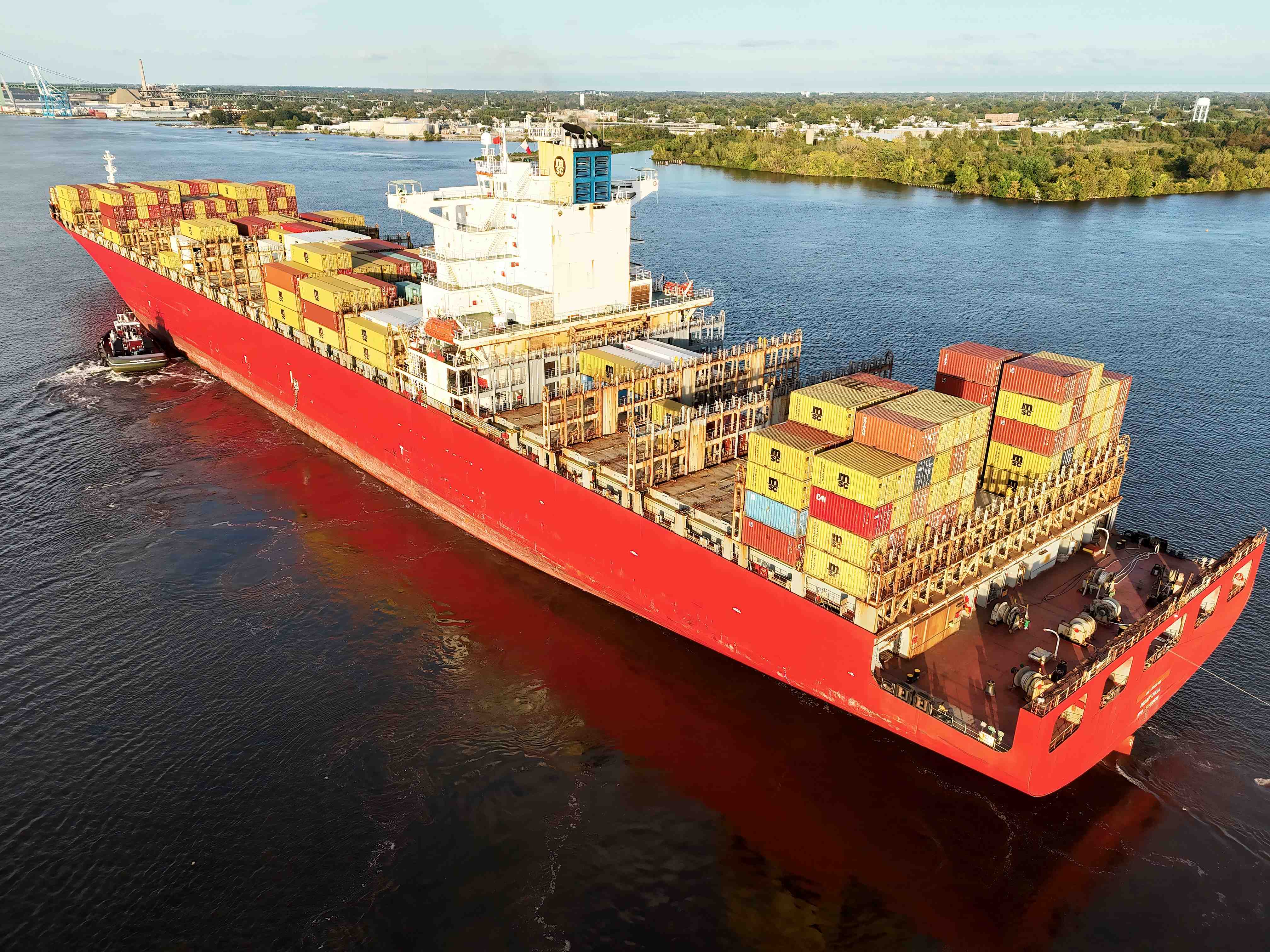Alternative fuels revolution an opportunity to boost trade resilience
Leadership Insights newsletter story
Maritime trade has had its adaptability tested in recent years and the challenge will continue as shipping attempts to slash its carbon emissions while maintaining global trade.

Shipping has kept trade flowing through the overlapping disruptions of COVID pandemic, drought in the Panama Canal, attacks on ships in the Red Sea, and a tightening sanctions regime against Russia. However, it also faces the overarching challenge of decarbonisation which will run parallel to ongoing upheaval and be present for whatever the future holds.
Reducing the greenhouse gas emissions of shipping will require the use of alternative fuels which creates further challenges for the resilience of the maritime sector. The fuels are generally of lower energy density than traditional fuel oils; marine gas oil (MGO) has an energy density of around 37 GJ/m3 compared to methanol’s 16 GJ/m3 and liquid ammonia’s 13 GJ/m3. The use of lower density fuels could pose issues if ships are having to divert and take longer routes, whether due to geopolitical conflict or other black swan events.
Even with current standard fuels, owners are presently facing refuelling concerns. Due to the ongoing security threats in the Red Sea, some shipowners are rerouting their vessels via the Cape of Good Hope. However, the longer transit means vessels need to carry more fuel, refuel at African ports, or call at busy bunkering ports such as Rotterdam or Singapore.
Fuel infrastructure needs
As well as the vessel design choices necessary to balance cargo space needs and fuel tank sizes against vessel range and bunkering frequency, the availability and therefore reliability of alternative fuel supplies relies on future infrastructure development.
Jan-Olaf Probst, Business Director – Container Ships at DNV told ICS Leadership Insights within the container sector, ships are being designed with larger fuel tanks to maintain their operational range, rather than opting for more frequent refuelling.
Large container ships are designed so that they can refuel once during one loop of their route, while smaller boxships and feeders may target a range of two full loops before refuelling.
Probst said that the 7,000 mile deviation around the Cape of Good Hope to avoid the Red Sea on the Asia – Europe trades affected vessels burning heavy fuel oil and LNG alike, and would have operational impacts for methanol vessels. “No one has designed their vessel to operate over this number of nautical miles,” he said.
For the container trades, the development of bunkering infrastructure for alternative fuels like methanol and LNG looks promising as their regular trading patterns create better investment cases for shoreside development. Sectors like dry bulk, with less regular routes and more remote port destinations, may face more challenges, said Probst.
Diversification for resilience
Jan Hoffmann, Head, Trade Logistics at the United Nations Conference on Trade and Development (UNCTAD) told ICS Leadership Insights that the operational impacts of fuels with lower energy density could prove detrimental for distant destinations like Small Island Developing States (SIDS) in the Pacific.
“More vulnerable economies will definitely need support to avoid being disconnected from future shipping networks. They will need to invest in smart and sustainable ports, including as providers of alternative fuels,” said Hoffman.
Supporting such nations through technical and financial assistance will also lead to a more resilient shipping network in the long term, he continued. The increased need for regional bunkering centres creates development opportunities, and countries previously locked out of the bunkering value chain due to a lack of fossil fuel reserves could produce green fuels using renewable energy.
“Diversification will be key. Ports and shipowners will both need to reduce dependence on single fuels or single providers of fuels. A dense network of bunker stations will be important for the sector’s resilience,” said Hoffman.
Current regulatory developments at the International Maritime Organization (IMO) will heavily influence the demand signals sent to both the shipping industry and the producers and distributors of future fuels. Member states are working on the detailed regulations to bring the emissions reduction targets and checkpoints of the 2023 IMO GHG Strategy into reality, with a deadline for adoption in spring 2025.



